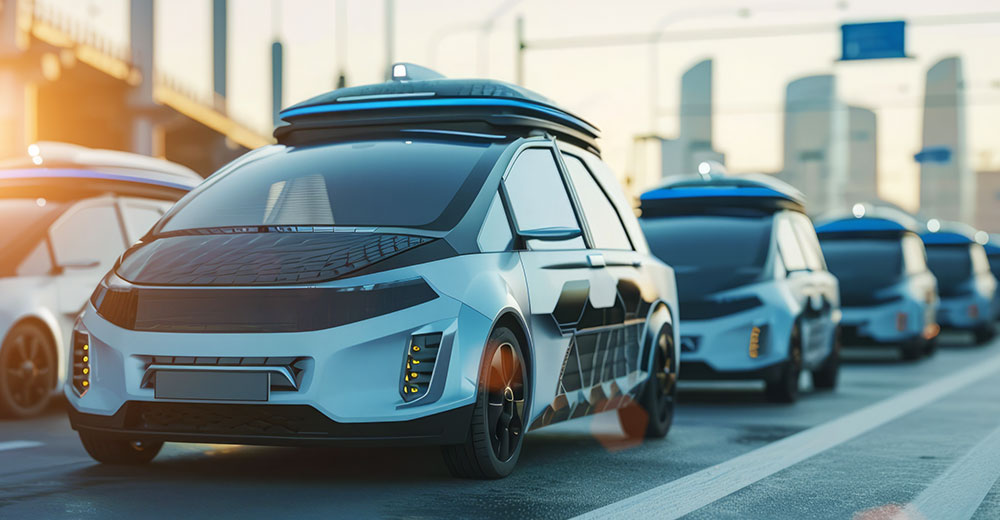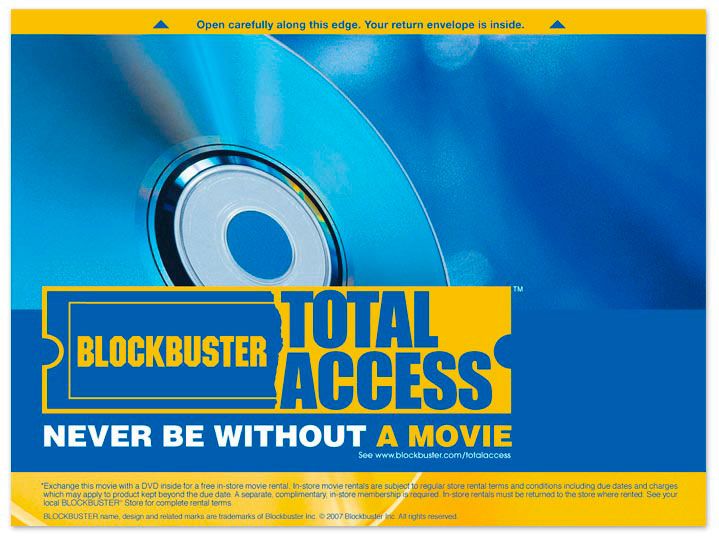The emergence of robotaxi services marks a transformative era in the transportation industry. Companies like Uber and Lyft are increasingly shifting their focus toward deploying artificial intelligence (AI) to replace human drivers. This development could fundamentally change the ride-sharing landscape, although it is not without its challenges, particularly regarding the existing revenue models that underlie these services.
Understanding the Revenue Model in Ride-Sharing
The Dilemma of Decoupled Revenue
One of the significant issues in both ride-sharing and social media platforms is the separation between those who pay for a service and those who benefit from it. In social media, advertisers provide the funding, while platform users engage with content without being regarded as the primary customers. Similarly, in ride-sharing, the model prioritizes the vehicle owners monetizing their cars over the riders who are actively paying for the service. This scenario leads to a decoupling of revenue from user experience, creating a misalignment of priorities.
This decoupling results in the overlooked needs of users who contribute to the service’s viability. Ride-share drivers are often perceived as mere cost centers, while the platform caters to the advertisers or riders—not necessarily viewing drivers and content creators as valuable participants in the ecosystem.
The Future of Ride-Sharing with Robotaxis
Impact on Drivers and Riders
The introduction of robotaxis could solve some issues in ride-sharing by streamlining operations and lowering costs. However, this shift raises concerns for drivers who may find it challenging to compete against AI. The consequences for those currently driving can be dire, as many may be unable to transition smoothly into roles in a robotaxi-dominated environment. Companies like Tesla are considering remote control options where humans can intervene in AI operations when necessary, but such roles would require significantly fewer staff than existing driver pools.
Technological and Infrastructural Challenges
While robotaxi technology is optimized for dense urban environments, there remain significant barriers. For longer trips, human drivers may still be required until autonomous driving technology can ensure safe inter-city travel. Furthermore, the current infrastructure for charging electric autonomous vehicles is not adequately developed—robotic charging systems and automated stations are needed to support a fleet of robotaxis.
Combining Air and Ground Transportation
Looking ahead, there may be possibilities for integrating autonomous cars with air travel, especially with concepts like vertical take-off and landing (VTOL) aircraft. Such innovations could enable seamless transfers between autonomous vehicles and flying machines, providing more direct routes for passengers. However, this concept raises substantial safety concerns that will need to be addressed before widespread public acceptance.
Product of the Week: Lenovo IdeaPad Pro 5i
This week, the Lenovo IdeaPad Pro 5i prototype stands out as a remarkable product. Featuring Intel’s innovative Ultra 9 processor, this laptop is equipped with a stunning 16-inch OLED display. The new design includes improved battery efficiency, with expected performance of up to 20 hours depending on usage — an impressive feat for a device of its size.
The IdeaPad Pro 5i’s introduction of Intel ARC graphics represents a significant leap in technology for laptops. These graphics are designed to provide a great balance of performance and affordability. With a price point around $1,500, it presents a compelling option for users seeking high-end capabilities without sacrificing value.
General Observations
The adoption of AI-driven solutions offers prospects for enhanced convenience and lower costs for consumers. However, it necessitates a critical reevaluation of the workforce that traditionally sustains these industries. The ongoing challenge will be managing the transition for displaced workers while ensuring that future technological advancements also benefit the very users that drive revenue.



